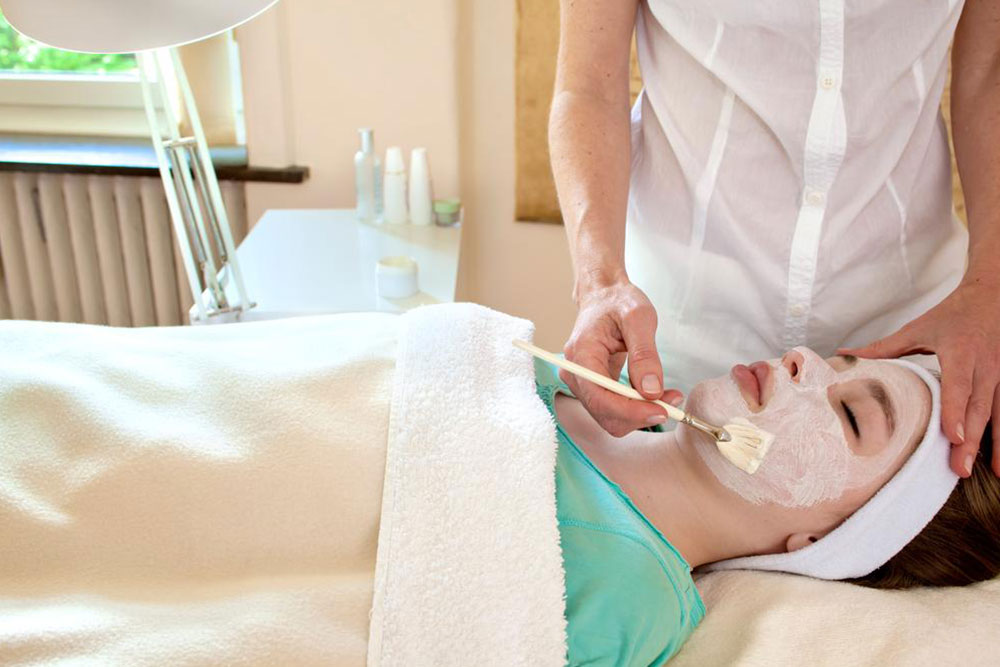
Types of chemical peels you should know
Chemical peels are a modern-day technique adopted to manage a number of skin related ailments. The chemical is smeared over the skin and kept for some time. Then the peel is taken out to gain the desired results.
The skin can be exfoliated and regenerated to become fewer wrinkles and smoother. The overall skin appearance is enhanced through this easy to do the process. This article will throw light on the types of peels known till date. This will give a better understanding of the efficacy of the chemical peels.
Some common type of chemical peels
Here is a glimpse through the types of skin peels and the problem that can be taken care of with these peels.
- Beta Peel
This is a peel that helps to fight against acne. There is no age barrier to use this type of peel. The common ingredients contain salicylic acid that helps in exfoliating the skin, controls the oil-contents and kills the bacteria that are responsible to cause acne.
- Glycolic chemical peel
This is a peel that has a small molecule size, allowing it to penetrate deep within. It generally rejuvenates and exfoliates the skin. It returns youth to the skin. It comes in varying strength so that it suits every skin type.
- Lactic chemical peel
This chemical peel originates from milk. This is ideal for sensitive and dry skin. The active ingredients contain retinol which is effective to remove the wrinkle lines. Also, the peel goes easy on the surface of the skin causing a lesser reaction.
- Vitalize chemical peel
This peel is flushed with lactic, citric, retinol and salicylic acid. This is scientifically approved to lighten the blemishes and dark spots that may have appeared on the skin. These peels generally have its effect superficially. This is the reason many beginners incline to these peels.
- Pigmentation peel
This is a formulation that balances the pigmentation by lightening the dark spots. One having realistic expectation can undoubtedly rely on this chemical peel that reduces the brown spots. This is a time taking a process that needs the application of sunscreen after the application.
- TCA chemical peels
These are peels that reach the medium depth and are helpful to remove the abnormal skin. One can feature a wide range of cosmetic benefit with such peels. This peel has undergone a dermatological test for actinic keratosis.
Post care tips
While understanding the type of peels it is important to note the ways the peels should be used to maximize the effect. It is found that chemical peels are effective only when they are consecutively applied 3-6 times. It is recommended to apply the peels with an interval of six weeks.
Also, the peels may give a tingling sensation or heat sensation. The acid that is used in the ingredients is itself neutralized when comes in contact with the skin.
The effects are observed within 2-3 days of applying the peel. One may notice flaking in certain areas. It is important to keep skin hydrated.
Thus, it is obvious that by now you must have realized which chemical peels are most suitable for you.


